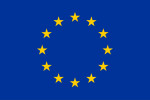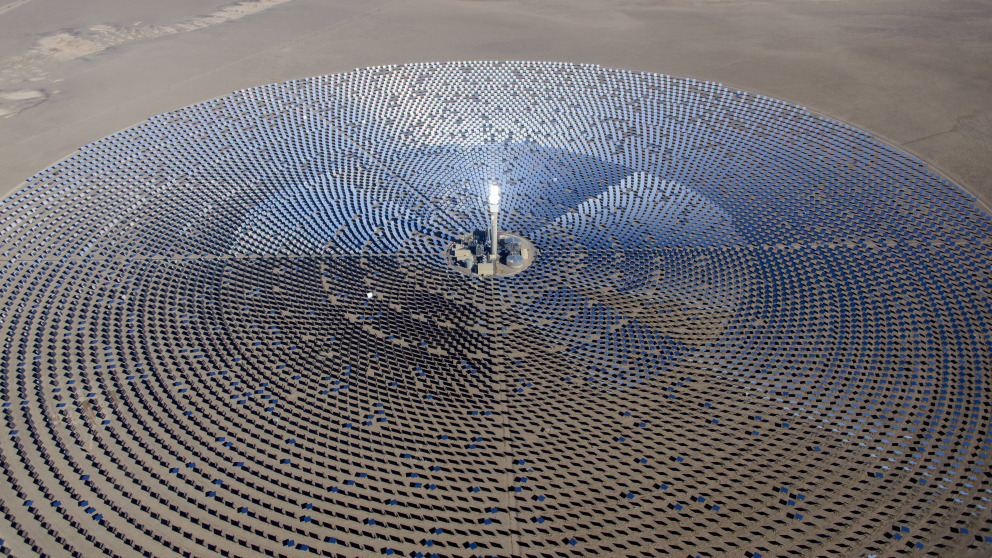Market uptake of solar thermal electricity through cooperation (MUSTEC)
Duration
Concentrating solar power (CSP) projects in Southern Europe are capable of supplying dispatchable renewable electricity on demand both to domestic markets and to Central and Northern European countries. But various factors hinder their deployment. The MUSTEC research project proposes policy measures to overcome these obstacles.
It supports the expansion and trade of CSP in Europe by: (i) identifying the barriers to CSP expansion in Europe in the context of the energy and climate targets set for 2030 and beyond; (ii) determining the drivers for CSP and the potential niches in which intra-European CSP trade can play an important role for the decarbonisation, system stabilisation, and integration of the European power system; and (iii) proposing concrete policy solutions to overcome the identified barriers and create the necessary enabling conditions for CSP growth in Europe.
MUSTEC combines interdisciplinary analysis with capacity-building activities for key stakeholders including policymakers, regulators, civil society representatives, industrial players, and project developers. The project entails three analytical steps:
- Historical background: the team will identify and base its subsequent analyses on the lessons learned from past cooperation initiatives and experiences of CSP development.
- Current market conditions and policy framework: the project researchers will analyse the main structural constraints and push factors in policy and market environments for CSP deployment and, in particular, CSP cooperation projects in Europe. This step includes an analysis of the advantages and disadvantages of alternative CSP case studies.
- Possible scenarios and alternative futures: the team will explore and identify possible future transition pathways for the European power system, including scenarios where CSP plays a prominent role in different renewable electricity futures and scenarios where other renewables shoulder most of the decarbonisation.
As a result of an integrated assessment and complementary feasibility analysis (assessment of geopolitical feasibility, social acceptance, and externalities), MUSTEC will pinpoint concrete CSP cooperation opportunities in Europe and the policies required to get them off the ground.
The Energy Transition Dynamics group is involved in most work packages, but plays a central role in the work packages concerned with the future role of CSP in Europe.
This project has received funding from the European Union's Horizon 2020 research and innovation programme under grant agreement No 764626.

